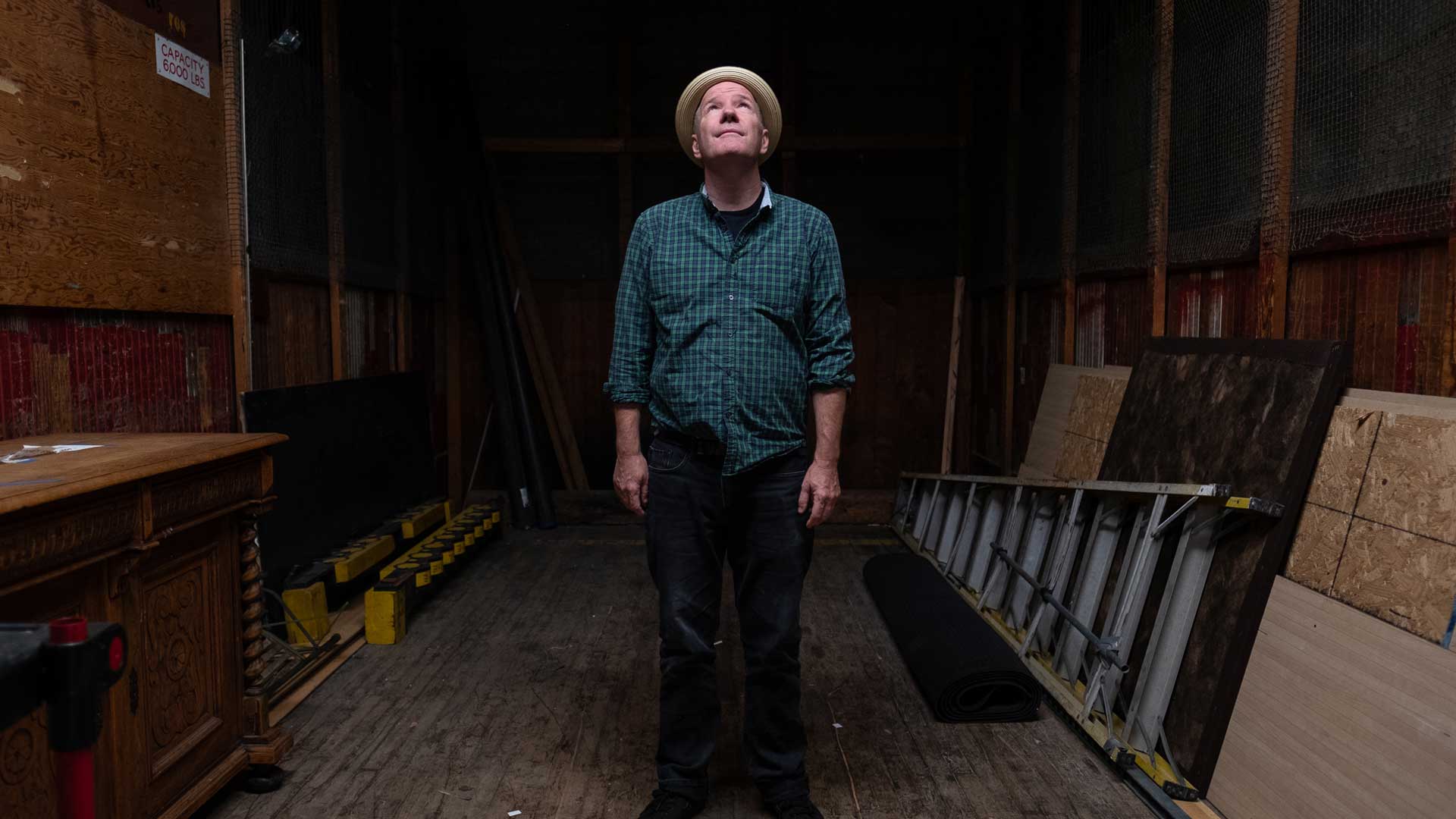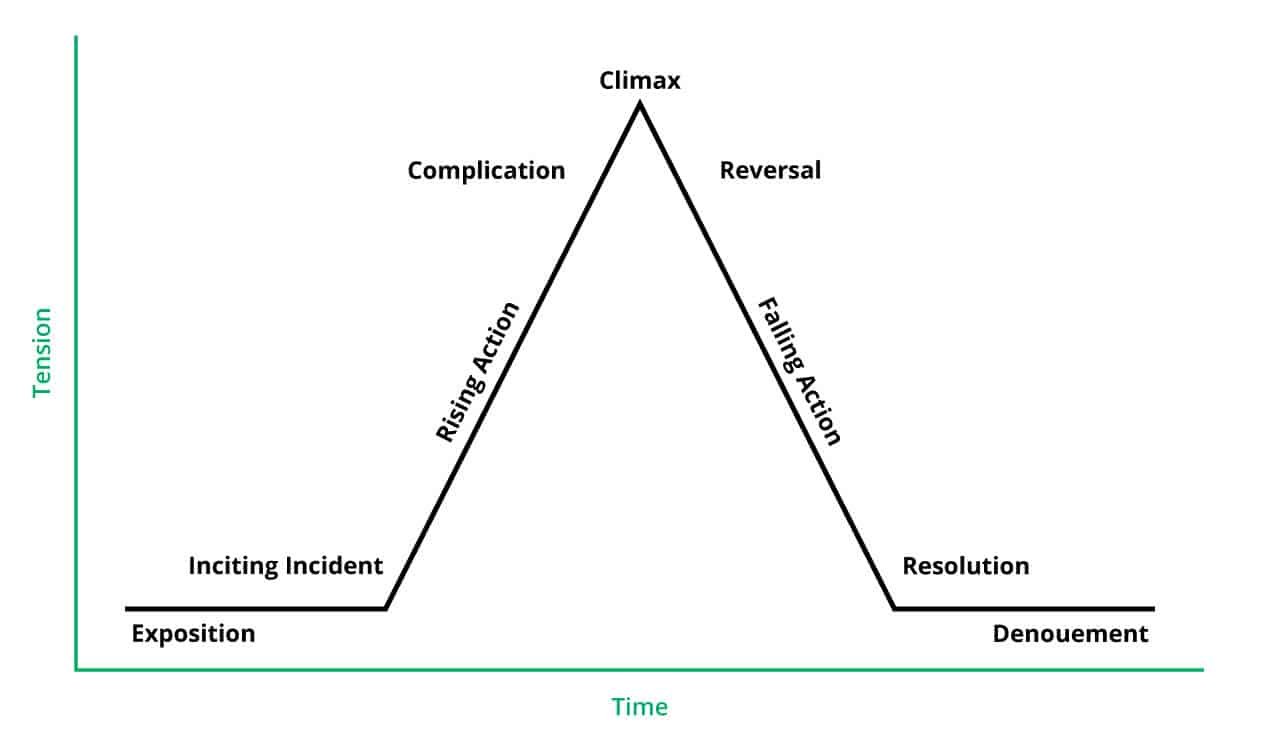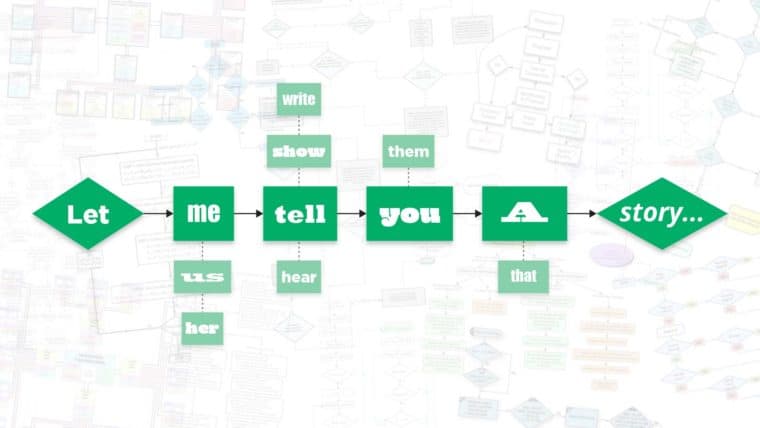
Interstate 90 spans the 3,020 miles from Boston to the stadiums of Seattle, binding the sites of America’s founding to the hometown of the Mariners. 2A Consultant Guy Schoonmaker now makes his home in this rainy city that gave birth to the cloud. Certain of his formative experiences, however, took place in that city at the other end of that ribbon of interstate.
While an undergrad at Northeastern, Guy lined up an internship at the university’s sports information department, which led to a position with the Red Sox Foundation. This was a bigtime break for a committed Red Sox fan like Guy—he even worked out of an office at Fenway Park.
“I grew up a die-hard Red Sox fan, so landing an internship there was, as cliché as it sounds, a dream come true. Funny enough, what I think about most from my time there isn’t meeting players or watching games at Fenway Park. It’s the people I got to work with, and the community we served that really stands out,” Guy says.
Serving the charitable arm of the Red Sox organization meant spending time with kids, tutoring, chaperoning field trips, and setting a positive example. In the shadow of the Green Monster, Guy got hooked on improving lives.
“Helping talented people succeed is a thread throughout my career,” Guy continues, going on to describe a life-changing year teaching English in Thailand. From an early age, his parents instilled in him a spirit of service and wanderlust, so finding himself in Southeast Asia to teach children grammar and vocabulary seemed like a natural fit. Along the way, he discovered that communication requires more than facility with language.
“Thailand taught me you don’t always need words to communicate,” says Guy, “I didn’t speak a lick of Thai when I got there, and likewise my students didn’t have much of a foundation in English. I had to get creative fast, whether it was drawing, playing charades, or making up games on the fly. I learned that words are only one small part of communication.”
When his year teaching contract came to a close, Guy returned to the states and started thinking about how he could turn his attention back to his interest in writing. He’d earned a journalism degree at Northeastern before taking a turn toward the nonprofit world, and he wanted to put these skills to work.
Which brings Guy’s circuitous career to 2A. As a consultant, he applies his writing skills when working with clients—developing their stories with empathy—while considering the world through the eyes of someone committed to making lives better.
Incidentally, Guy was an undergrad in Boston when the Red Sox broke their infamous curse and won the World Series. In a city full of Mariners fans, he’s learned to downplay his loyalty to his team, but we don’t hold his fandom against him. We may not root for the Red Sox around here, but we’re big fans of Guy.








